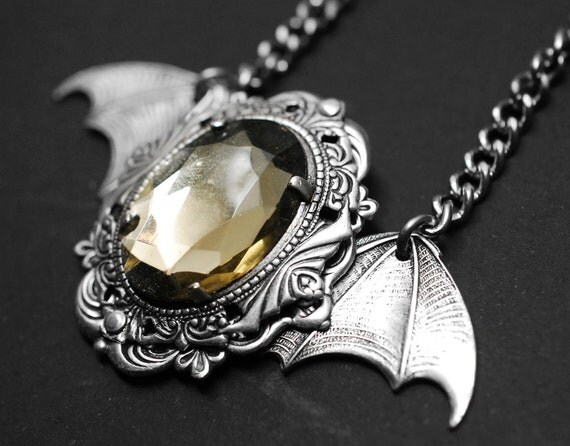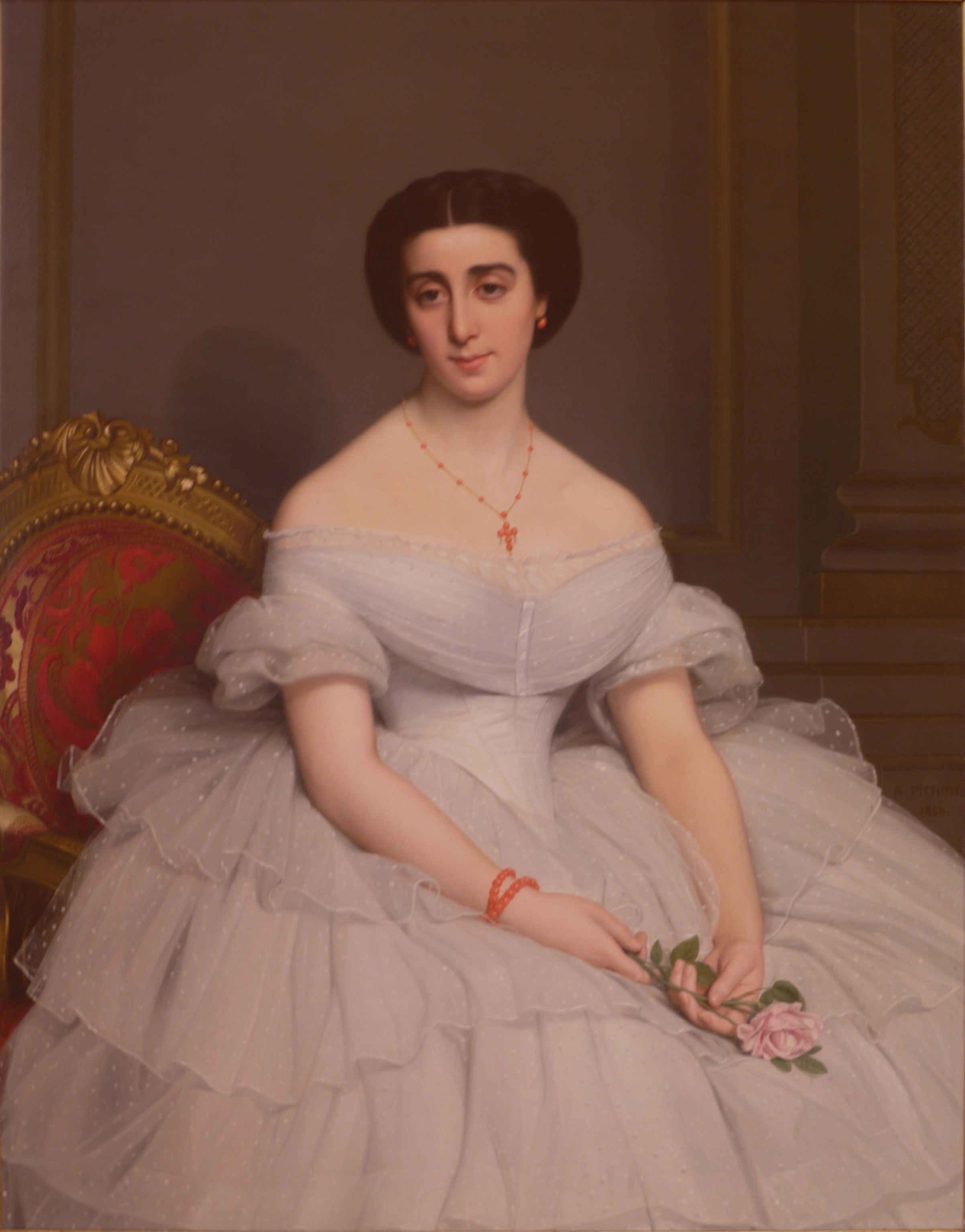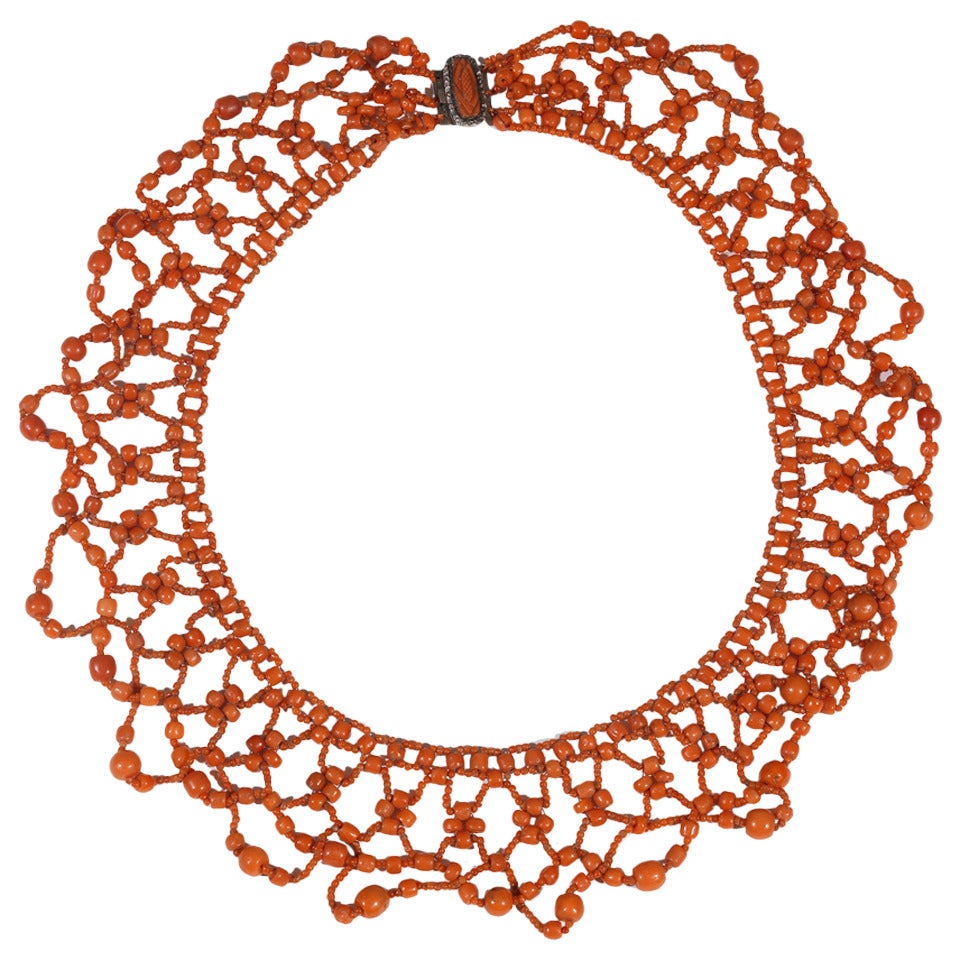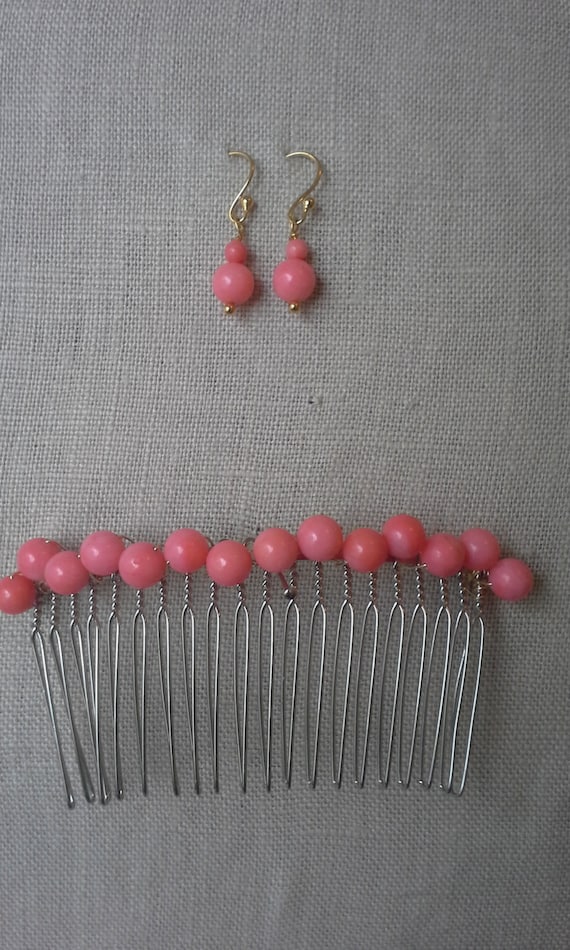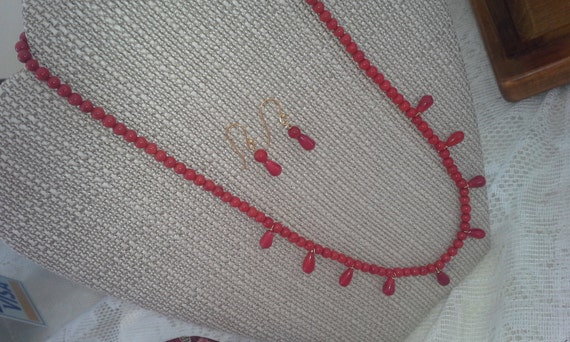I love me some communication!
Photo by Ken Giorlando
I currently teach English and Spanish at the high school level. It never ceases to amaze me how language shifts! I learn new words everyday from my students (not all good...) while I impart my vocabulary. In Spanish class my students are surprised by new words, marveling at the sounds. If you couldn't tell, I love language study! I should have been a linguist...
With that said, I constantly marvel at the power of words within the reenacting community. Such words as farb or progressive hold an enraptured audience. The names of certain reenactors are held to a higher standard, so much so that even when they're outright wrong, the power of their name has few people question them. I have already written on these topics, with my posts She said WHAT?!? The Power of a Name in the Reenacting Community and Ethical Selling Practices of the Reenacting Community. My fascination with language seems to sink into every post!
The more time I spend on reenactor websites or speaking with fellow reenactors, the more I am interested in their speech patterns. My friends think I'm crazy when I use my different language, so I'd like to use this post to start tracking some of these words. Please keep in mind that I am an amateur linguist at best, and tracking language patterns is a full-time job. Think of this more as a starting point, a springboard for anyone more trained in the field than I.
My zombie-hunt training is taking up too much time
I have grouped my words into categories of intention, as I find that to be most important within the reenacting community. People may agree or disagree about their meanings, but I find that such a conversation is essential regardless!
Words that Wound
Why is it that my first thought is to the negative? Perhaps because I, like many, have used these words to describe items or people. They are rarely used in a positive light; a sutler or person with such an impression or items might be avoided at events.Farby/Farb: Is a derogatory term used in the hobby of historical reenacting in reference to participants who are perceived to exhibit indifference to historical authenticity, either from a material-cultural standpoint or in action. It can also refer to the inauthentic materials used by those reenactors.-Wiki
I think this definition sums it up well. Few would argue the "bare bones" of it. Yet I think it points out some of the issues with having such a word. I underline perceived because this word stands out to me. I can think of times when my research stood true, and another person "perceived" my difference from the norm as "farby." The problem with perception is that it relies heavily on our own judgement.
Depending on the experience of the reenactor, such a statement could be completely false.
On the other hand, when someone most certainly falls into the category (think zippers), it is our "perception" that they are indifferent to their inaccuracy. Often people are saving up for other items, or they generally do not have the knowledge just yet (or were scammed by sutlers!). More importantly, it is "derogatory." An insulted person might not be so open to advice if such a word is used to describe him/her.
A typical reaction to name calling
Photo by Ken Giorlando
I would also add that "mainstream" can be used in an insulting manner. The definition is less forthcoming, but does imply a negative:
Mainstream: These reenactors make an effort to appear authentic, but may come out of character in the absence of an audience. Visible stitches are likely to be sewn in a period-correct manner, but hidden stitches and undergarments may not be period-appropriate. Food consumed before an audience is likely to be generally appropriate to the period, but it may not be seasonally and locally appropriate. Modern items are sometimes used "after hours" or in a hidden fashion. The common attitude is to put on a good show, but that accuracy need only go as far as others can see. -Wiki
Again, I like this definition because it illustrates it so well. The fact that a "common attitude" requires a "good show" makes the mainstream reenactors seem almost shallow in their attempts to recreate history. And yet in a way, we are all mainstream reenactors. We negotiate to determine how far that accuracy goes, but until I see someone ride an actual horse and carriage to an event, I rest my case.
Personally, I do my best, but one would find a few plastic water bottles hidden away. Or they might hear me quietly talking on my cell phone in my tent (She's a bit addled in the brain). Emergencies happen, so that bit of modern life normally stays close by. This past season my sister ended up in the hospital. If I had not kept some of my "mainstream" tendencies, I would have missed this entirely.
Pictured: Important "mainstream" stuff
By using language such as "farby" or "mainstream," we have levels of a hierarchy to accomplish. The pressure from the reenacting community is to step out of these categories and into a higher level of thinking. Using this negative language creates boundaries, stereotypes reenactors, and can cause much grief. I think there is a much more precise way to convey meaning, one that would benefit reenactors in the long run.
The word "Victorian" is as vague as the sea is wide. And in this case on etsy, the seller isn't marketing the item for reenactors. No, people who like Victorian stuff might like this because it is inspired by the era. That's fine. It bothers me when sellers market to reenactors saying things such as this, along with "appropriate." Often these are not accompanied by research. There should be SOMETHING, a reference in text, a cdv, a fashion plate. If you notice, I make sure to include those when I research for a post. Because I've seen some terrible stuff out there marketed to reenactors, with words like "Victorian" and "appropriate" to seal the deal.
What I'm trying to say is that reenactor language can be intentionally vague. Is it wrong for me to say my coral earrings are Victorian? Certainly not. And I am excited to see more sutlers adding that information, more consumers asking for it. The Victorian Era lasted over 50 years. It is the lack of clarification in these terms that leads to confusion, and eventually a dishonest/lazy sutler lining his/her pockets. All things I desperately hate.
Progressive: Of circumstances, attributes, ideas, conditions, etc.: characterized by, relating to, or involving gradual change or advancement, esp. for the better; growing, increasing, developing; marked by continuous improvement. -OED
No wonder we love this word! And to be honest, I like the emphasis on learning. But the problem with this term is that we don't know the scale on which someone starts. A progressive-minded person may appear "farby," but might not have the funds instantaneously to fix things such as a zippered dress or certain stoneware. In a way I would argue that there are far more progressive reenactors than there are farby or mainstream. How do we look into the soul of a person to find out their passion for learning?
Who determines if a person is considered progressive? Is there a certain percentage of accurate clothing to wear? Or camp gear? Say I am 87% good with my clothing, but my out of season food is at 32%? I understand that this is not meant to be an exact assessment of a person, but sometimes it functions that way within the reenacting community.
The word "authentic" works much the same way. It is a compliment, a way to let a reenactor know that proper historical reproduction has been achieved. Isn't that "authentic" in the eye of the beholder? After all, I have seen the experts within the reenacting community argue about the true authenticity of an object/impression. Who is right? Who is wrong? If they're wrong, do we never listen to them again? Authenticity is only as good as our research, which constantly changes.
For starters, farby and mainstream can be hurtful. I know I use those words too! So how can we use more precise language to clear up confusion for newbies and seem less offensive? I like saying "lacks research," or "still growing." Let people know that life-long learning is the game. Mistakes will be made. Even our great experts have been guilty of such an offense, though I will argue that they were able to get away with it better because of a lack of social media...
To avoid the vague language, we should always question. What do you mean by Victorian? 1860 or 1880? How is this item appropriate? What research do you have to support your claim? If vague language is not supported by an explanation, then keep asking until you get an answer!
As for our nice language...let's be more precise here too. Ken Giorlando is very good at this-he loves learning! In our conversations, he revels in the education-minded members of our group (21st Michigan). While the word "progressive" gets tossed around, so does positive, hardworking, research-minded, passionate, and finding the best available solution. Specific aspects of the impression are included, to remind the person what progressive looks like in action. Let's focus on that positive!
I suppose I just want us to treat one another with respect, even those people who appear to be unchanging. Perhaps they had a bad experience? Sometimes I have students that refuse to do any school work, only to find a traumatic school event from the past. And for those completely stubborn, rainbow snood wearing reenactors...will your advice do anything? Probably not. So focus on your own group/self improvement!
Vague Language
I've touched on this subject before and it raises my hackles like no other, especially when used by sutlers to sell an item without research. VICTORIAN. Honestly, even I use it on my etsy site. It is a great word, modeled after a great woman. But if you do a basic search for Victorian, a variety of images will come up, including this lovely, totally-used-during-the-Civil-War bat wing necklace:The word "Victorian" is as vague as the sea is wide. And in this case on etsy, the seller isn't marketing the item for reenactors. No, people who like Victorian stuff might like this because it is inspired by the era. That's fine. It bothers me when sellers market to reenactors saying things such as this, along with "appropriate." Often these are not accompanied by research. There should be SOMETHING, a reference in text, a cdv, a fashion plate. If you notice, I make sure to include those when I research for a post. Because I've seen some terrible stuff out there marketed to reenactors, with words like "Victorian" and "appropriate" to seal the deal.
What I'm trying to say is that reenactor language can be intentionally vague. Is it wrong for me to say my coral earrings are Victorian? Certainly not. And I am excited to see more sutlers adding that information, more consumers asking for it. The Victorian Era lasted over 50 years. It is the lack of clarification in these terms that leads to confusion, and eventually a dishonest/lazy sutler lining his/her pockets. All things I desperately hate.
Rewarding Sounds
Ah, finally! Music to my ears! I have been told on more than once occasion that my mindset was quite progressive, and at the moment I rejoiced. Someone recognized my hard work, singled me out as a person moving beyond the simple "dressing up" that has become synonymous with the farby and mainstream. It is meant as a compliment, though I think it is important to examine the word's meaning before it came to such a specialized term:Progressive: Of circumstances, attributes, ideas, conditions, etc.: characterized by, relating to, or involving gradual change or advancement, esp. for the better; growing, increasing, developing; marked by continuous improvement. -OED
No wonder we love this word! And to be honest, I like the emphasis on learning. But the problem with this term is that we don't know the scale on which someone starts. A progressive-minded person may appear "farby," but might not have the funds instantaneously to fix things such as a zippered dress or certain stoneware. In a way I would argue that there are far more progressive reenactors than there are farby or mainstream. How do we look into the soul of a person to find out their passion for learning?
Passion: Mourning in an 80 degree room
Photo by Ken Giorlando
Who determines if a person is considered progressive? Is there a certain percentage of accurate clothing to wear? Or camp gear? Say I am 87% good with my clothing, but my out of season food is at 32%? I understand that this is not meant to be an exact assessment of a person, but sometimes it functions that way within the reenacting community.
The word "authentic" works much the same way. It is a compliment, a way to let a reenactor know that proper historical reproduction has been achieved. Isn't that "authentic" in the eye of the beholder? After all, I have seen the experts within the reenacting community argue about the true authenticity of an object/impression. Who is right? Who is wrong? If they're wrong, do we never listen to them again? Authenticity is only as good as our research, which constantly changes.
So now what?
I'm really good at picking a problem apart-but putting it back together? It's easy to say something is wrong with a system. What's difficult is coming up with solution! In no way is this post meant to completely stop the use of any of these words. I would just like a conversation to happen, for reenactors to become cognizant of their language choices.For starters, farby and mainstream can be hurtful. I know I use those words too! So how can we use more precise language to clear up confusion for newbies and seem less offensive? I like saying "lacks research," or "still growing." Let people know that life-long learning is the game. Mistakes will be made. Even our great experts have been guilty of such an offense, though I will argue that they were able to get away with it better because of a lack of social media...
#19thCenturyPhotoLeak
Photo by Ken Giorlando
To avoid the vague language, we should always question. What do you mean by Victorian? 1860 or 1880? How is this item appropriate? What research do you have to support your claim? If vague language is not supported by an explanation, then keep asking until you get an answer!
Sometimes vague language leads to terrible things
Photo by Ken Giorlando
As for our nice language...let's be more precise here too. Ken Giorlando is very good at this-he loves learning! In our conversations, he revels in the education-minded members of our group (21st Michigan). While the word "progressive" gets tossed around, so does positive, hardworking, research-minded, passionate, and finding the best available solution. Specific aspects of the impression are included, to remind the person what progressive looks like in action. Let's focus on that positive!
I suppose I just want us to treat one another with respect, even those people who appear to be unchanging. Perhaps they had a bad experience? Sometimes I have students that refuse to do any school work, only to find a traumatic school event from the past. And for those completely stubborn, rainbow snood wearing reenactors...will your advice do anything? Probably not. So focus on your own group/self improvement!
I will improve by mending more fences
Photo by Ken Giorlando
And when you comment...think about what you say!
~Kristen




